If you’re looking to capture gorgeous landscape photos–or gorgeous photos of any kind, really–you have to understand leading lines in photography.

You see, leading lines are a fundamental element of photographic composition. Landscape photographers, travel photographers, street photographers, and more use leading lines to great effect.
So if you’re looking to improve your own photos…
…you, too, must master leading lines.
Fortunately, it’s not that hard. Leading lines may be important, but they’re also very simple.
Which is why, by the time you’ve finished this article, you’ll be a leading lines expert, capable of including leading lines in your photography at any time.
What Are Leading Lines in Photography?
In photography, leading lines are a compositional technique used to direct a viewer’s eyes toward the main subject of an image. The lines can be natural (rivers, streams), artificial (roads, bridges), or imaginary, created by how the photographer has composed the image. By using leading lines, photographers can create a sense of depth, movement, and tension in their photos.
Leading lines refer to any lines that lead the eye into the scene, ideally taking the viewer from the edges of the frame toward the main subject.
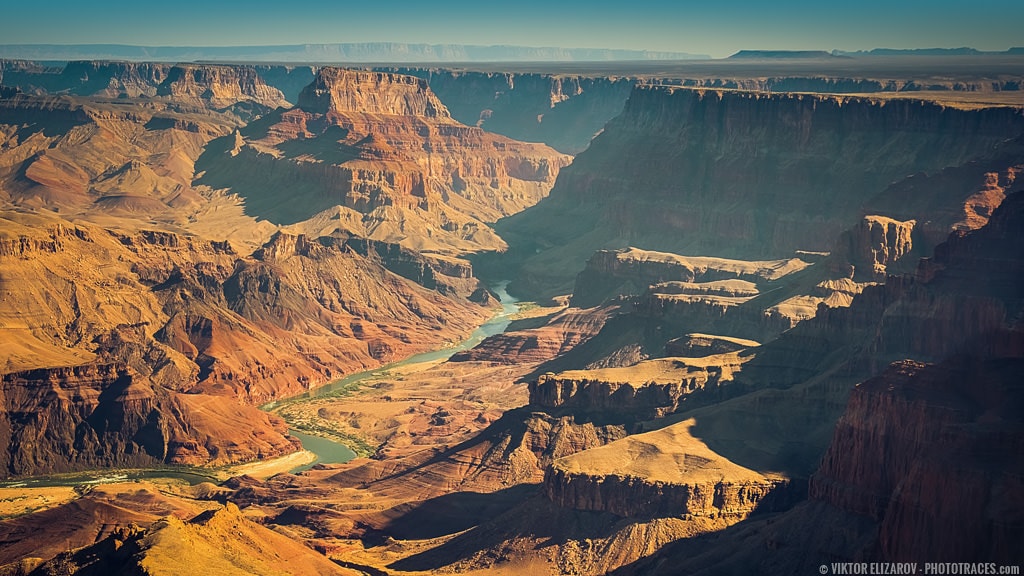
So your scene might have a river running toward a mountain, in which case the river acts as a leading line, drawing the viewer up from the bottom of the frame and guiding them to the mountain.
Or your scene might have a fallen tree pointing toward the sunrise, in which case the fallen tree acts as a leading line, pushing the viewer through the scene and to the golden sun.
Now, note that leading lines can be pretty much anything, as long as they’re lines and as long as they lead. So don’t feel like certain elements are off limits; if they’re lines that lead the viewer’s eye, then feel free to incorporate them as leading lines!
By the way, you might be wondering:
Why are leading lines so helpful? What’s so great about them?
Well, photographers love leading lines for two reasons:
First, leading lines help establish visual flow in an image, moving the viewer through the main composition elements toward the subject of the photo (which is often, but not always, in the background).
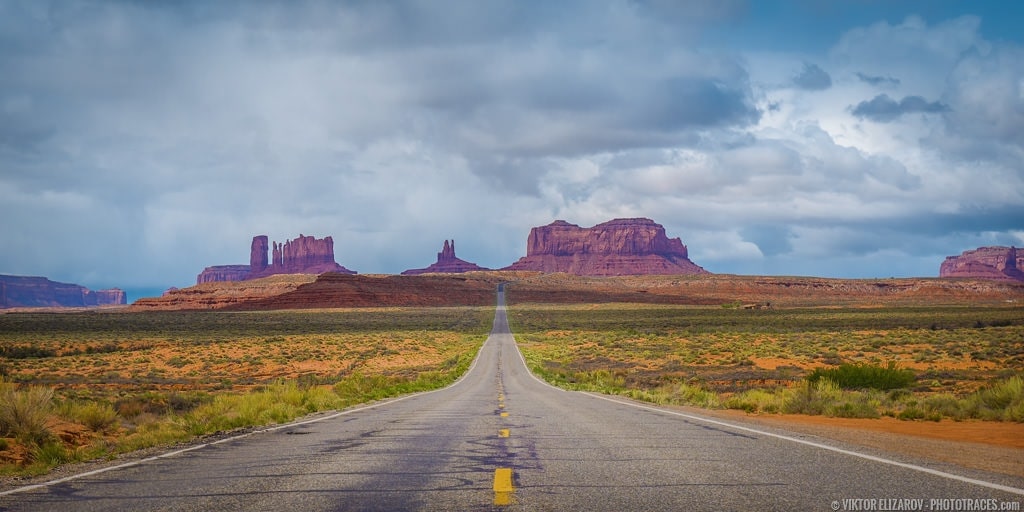
Second, leading lines add the illusion of depth to a photo, making the viewer feel like they could simply step into the scene.
How to Find Leading Lines
Leading lines are very powerful–and they’re quite easy to find. In fact, you can find them when shooting most subjects, as long as you look hard enough.
And remember:
Leading lines can be natural or artificial, so make sure you look for both types.
Natural Leading Lines
Here are some common natural leading lines to look for in a scene:
- Rivers
- Streams
- Rows of trees
- Fallen logs
- Bent flowers
- Lines in the sand
- Pointed rocks
- Cracks in the ground
Artificial Leading Lines
And here are some common artificial leading lines to look for in a scene:
- Roads
- Rows of buildings
- Rows of posts
- Bricks
- Boardwalks
- Bridges
- Curbs
- Road paint
Types of Leading Lines in Photography
When you’re photographing a scene, it’s important to remember that there are many types of leading lines worth incorporating.
For instance, you have can use:
1. Horizontal Lines
These run across the image horizontally, from side to side. Horizons are a common example, as they lead the eye through the frame toward the subject.

2. Vertical Lines
These run across the image vertically, from bottom to top. These are found in some “near-far” landscape compositions, and are a fantastic way to create depth in a scene. Vertical lines guide the viewer through the foreground and middleground all the way to the background.
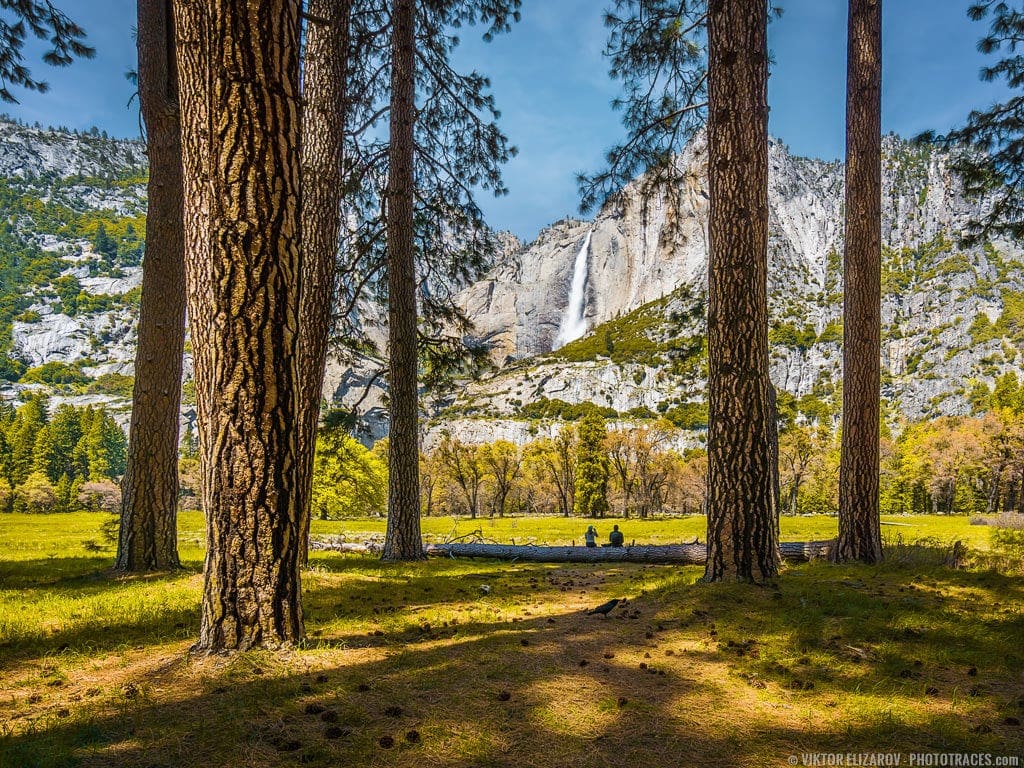
3. Diagonal Lines
These are compositionally similar to vertical lines, except that they tend to feel more natural and dynamic. As with vertical lines, diagonal lines lead the eye from foreground to middleground to background, taking the viewer on a journey through the image (often toward a final key area).

4. Curved Lines
Curved lines are simply leading lines that curve throughout the frame. For instance, a river might curve as it moves toward the horizon line, or even the horizon line itself might curve if you’re using a fisheye lens. Curves add an element of slowness to your scene, because it takes time for the viewer to navigate the curve and reach the endpoint.
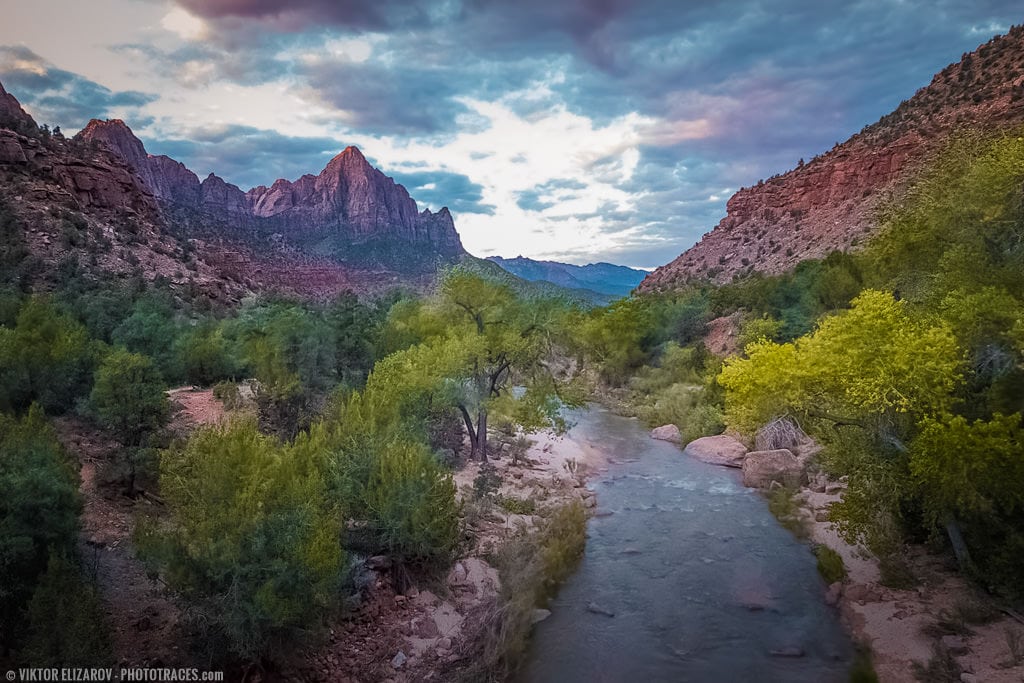
5. Converging Lines
Converging lines can include any of the leading lines listed above; they’re simply two or more lines that move toward the same point in the image. Some of the most powerful landscape images include several lines converging on a main subject, which directs the eye repeatedly toward that single point.
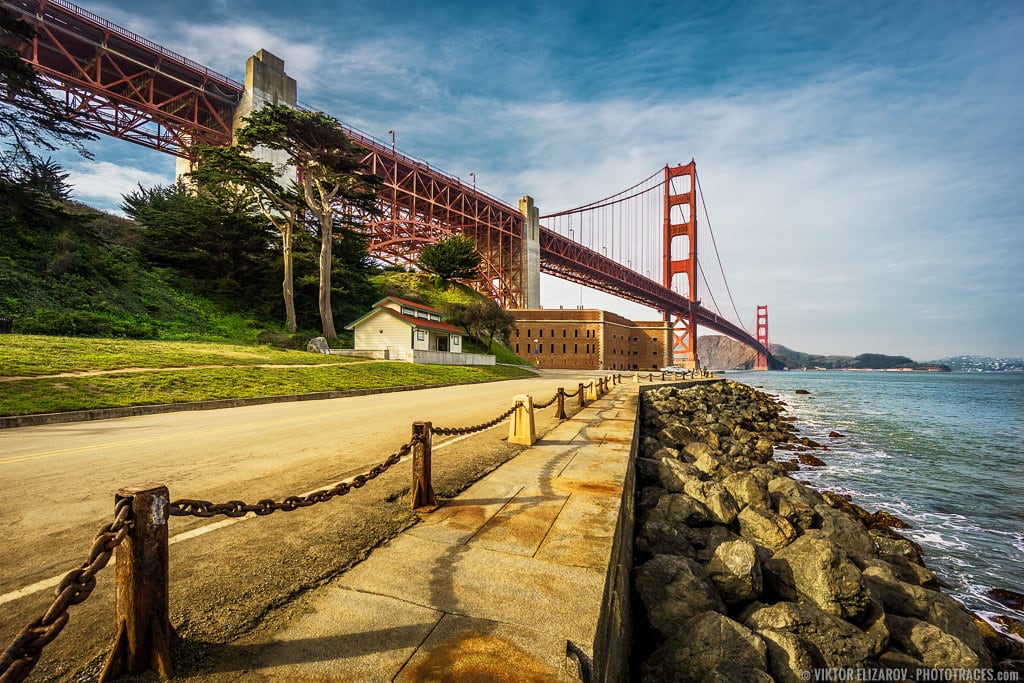
Tips for Using Leading Lines in Landscape Photography
If you’re looking to capture beautiful landscape photos, it often pays to use 3 key rules of composition (all at once!):
1. Golden Ratio
First, the golden ratio, which suggests positioning your subject and key elements off-center, specifically along gridlines that are spaced out using the golden ratio.
(Note that this is an advanced version of the rule of thirds, which suggests photographers position key elements a third of the way into the frame.)
2. Foreground, Middleground and Background
Second, the concept of foreground, middleground, and background, which recognizes that stunning photos often include key portions of the scene in all three of these areas. Note that the inclusion of a powerful foreground, a middleground, and a background is an easy way to add depth to a scene.
3. Leading Lines
Third, leading lines, which is what this article is all about, and which you should now be able to easily include in your images.
Now, it’s important to remember it is rare that these compositional elements rarely work in isolation. Together, they create depth, add interest, and unify the composition.
For instance, leading lines help unite the foreground, middleground, and background, while leading lines plus a strong foreground, middleground, and background are what guarantee three-dimensionality.
And by placing lines along the golden ratio gridlines, you can create interesting, balanced compositions that stun the viewer.
Make sense?
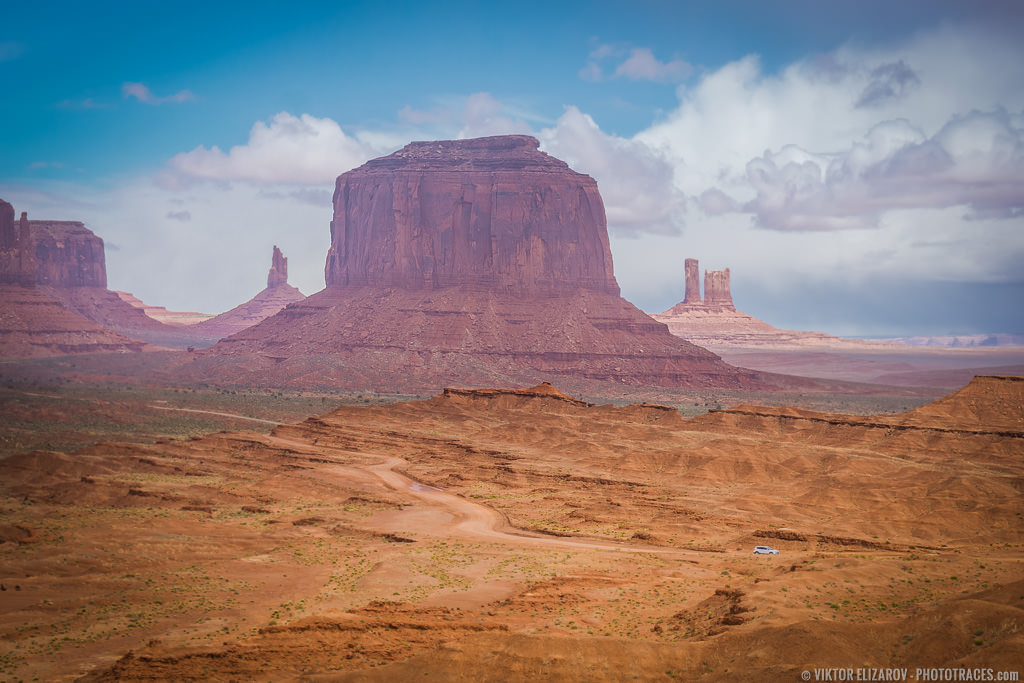
Leading Lines in Photography | Conclusion
Leading lines in photography are a key compositional element–and adding a leading line or two will instantly improve your compositions.
So the next time you’re out with your camera, look for leading lines. It may take a few moments, but you’ll find one.
And you’ll come away with a gorgeous photo!

